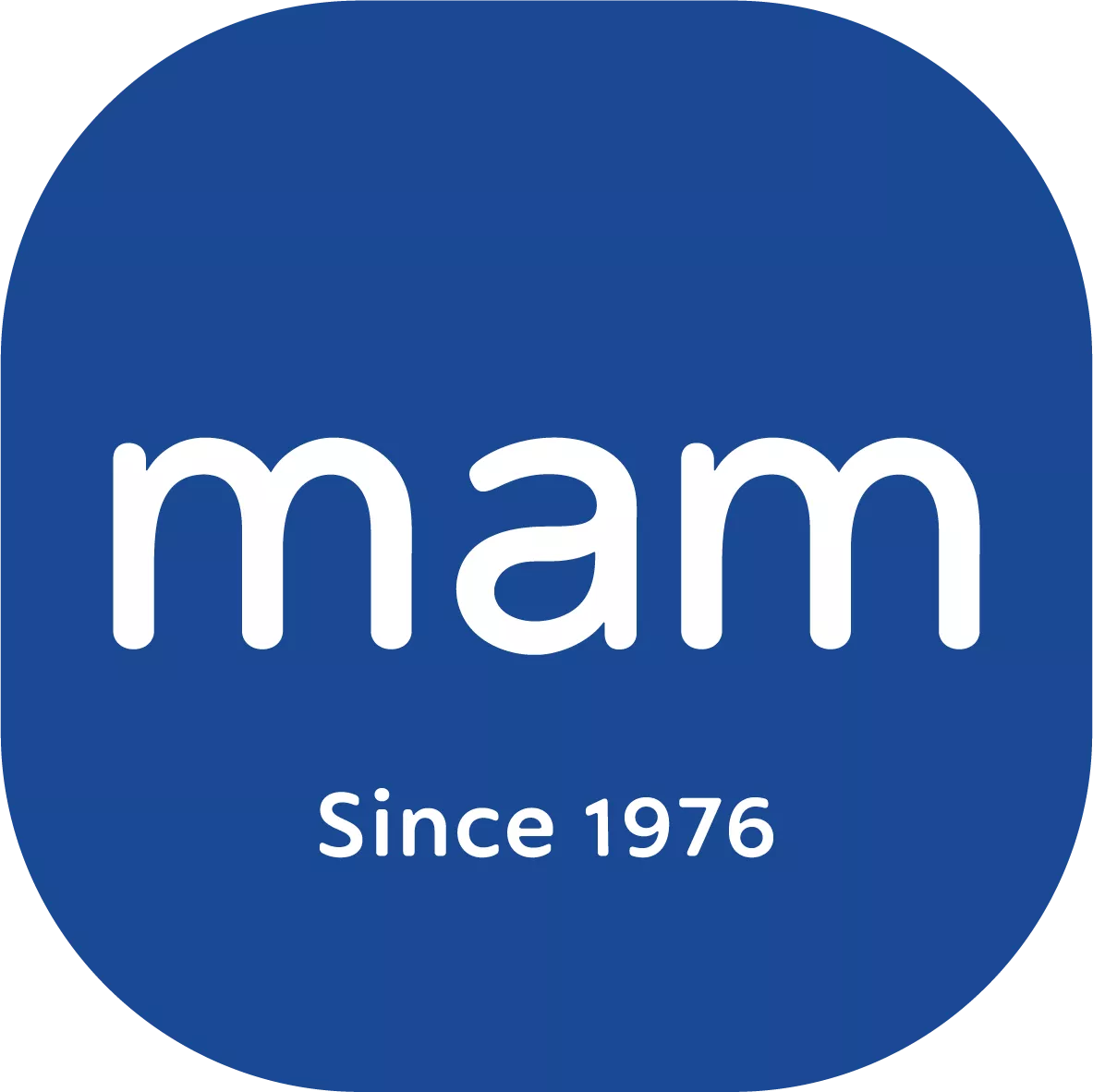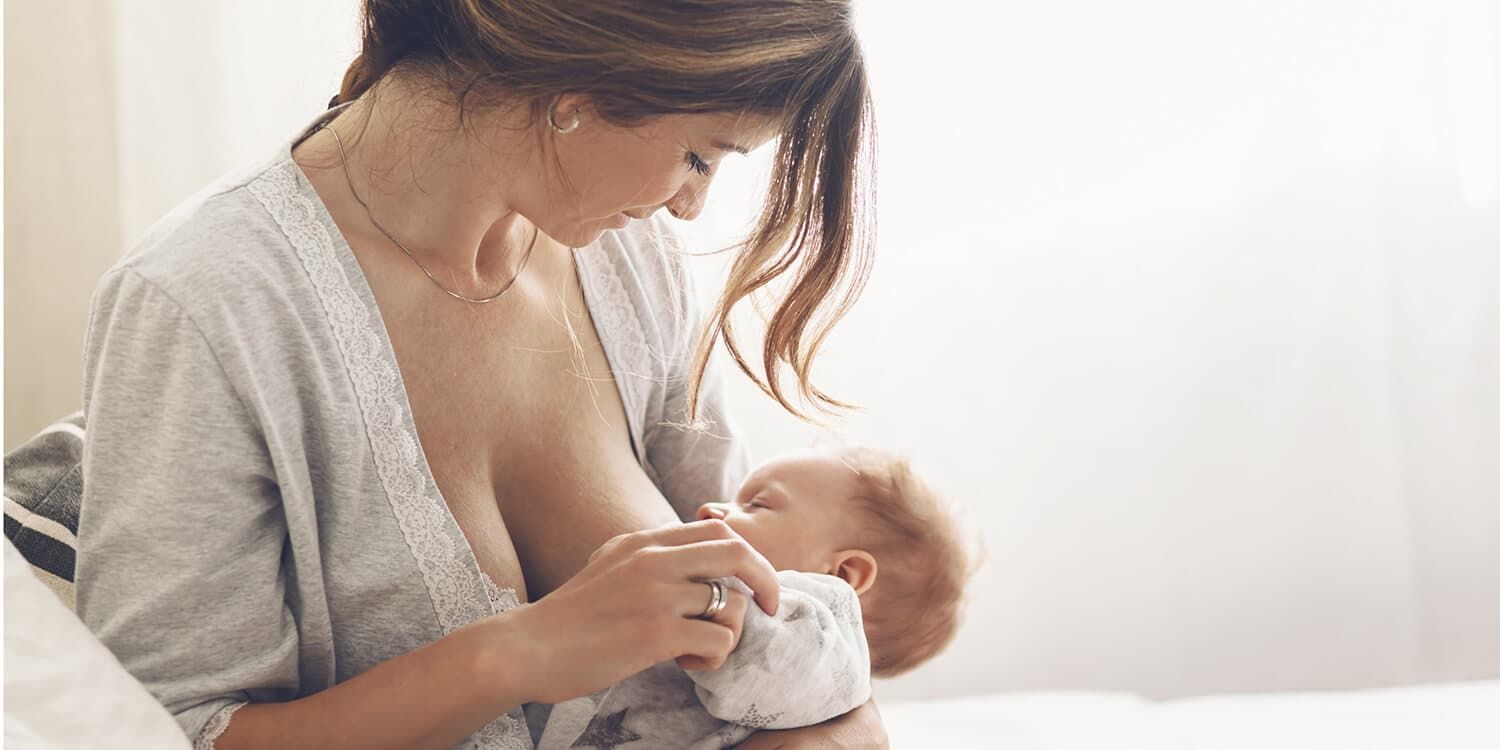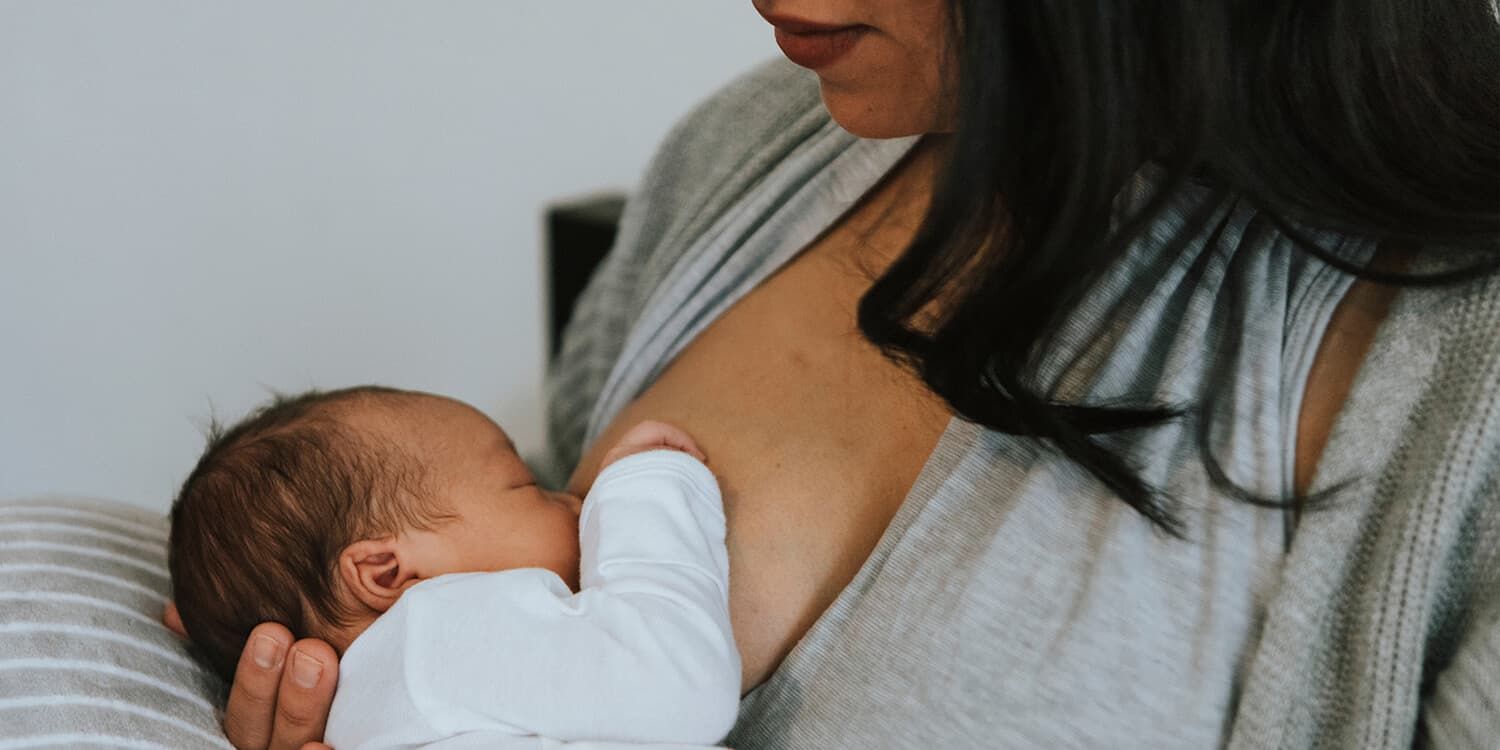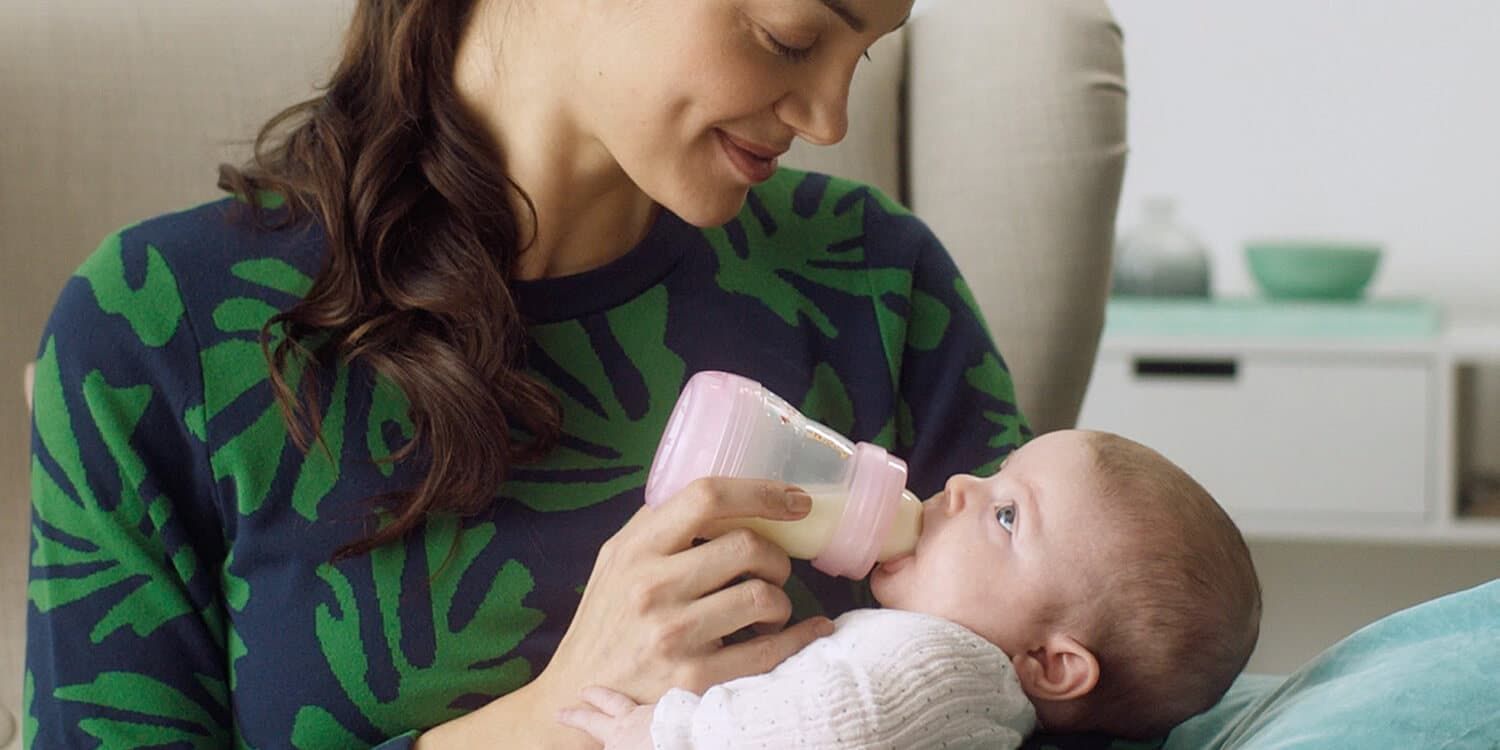Many nursing mothers are familiar with: sore, aching, or even bleeding nipples. However, we’re here to help make breastfeeding a pleasant experience for both mother and baby: in addition to solid breastfeeding advice involving the correct positioning technique, nipple shields are one way of alleviating pain during breastfeeding. Midwife Monika Thönen from Switzerland tells us more.
Effective help against sore nipples breastfeeding
Breastfeeding is great for babies – but it should also be a pleasant experience for the mother. "The sudden and unexpected strain of breastfeeding and suckling, for example caused by incorrect positioning techniques, can be excessive for the nipples, especially at the beginning of the breastfeeding relationship," explains midwife Monika Thönen. They can redden, become painful, and sometimes even crack and bleed. Nipple shields can provide relief and allow those wounds to heal so that no breastfeeding break is necessary.
Optimal nipple shields
The MAM-expert recommends: "Nipple shields should be made from the thinnest material possible, which adapts perfectly to the breast shape while also feeling familiar to the baby." MAM nipple shields have a special textured surface that allows air to circulate well. The butterfly shape of these nipple shields also allows maximum skin contact between baby and mother. However, Monika emphasizes that it is important to use nipple shields for as short a time as possible – after all, the baby should remain accustomed to the breast.
"Nipple shields are a gentle remedy for sore nipples."
(Monika Thönen, Midwife)
Good breastfeeding nipple shields should exhibit the following characteristics:
- The material should be comfortable and create a familiar feeling for baby.
- The shape should ensure maximum skin contact.
- Small bumps allow air circulation at the baby's cheek.
- They must remain securely in place.
- They should allow your milk to flow steadily.
- The perforations should close when your baby stops sucking to prevent milk from leaking.
How to use nipple shields
1. Wash your hands!
2. Turn the wings outwards.
3. Place on the nipple and smooth out the wings.
4. Check that the nipple shield is firmly attached before breastfeeding.
Ideally seek advice from a lactation consultant or midwife before using nipple shields. Breastfeeding groups are also an excellent opportunity to exchange experiences and advice with professionals and other mothers.






